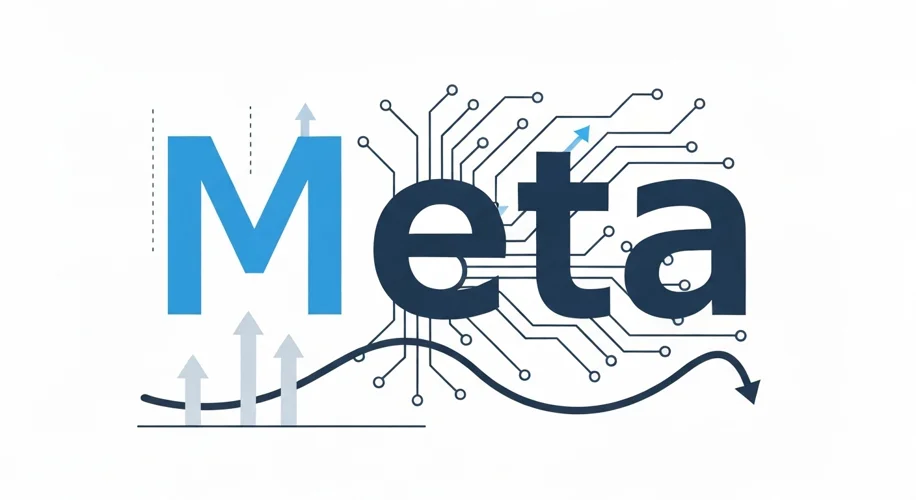It’s August 2025, and the tech world is abuzz with talk about Meta. Reports suggest the social media giant might be considering downsizing its AI division. This isn’t just about one company; it’s a peek behind the curtain at how major tech players manage massive investments in artificial intelligence, especially when things get a bit…complicated internally.
We’ve seen these tech giants go all-in on AI, hiring aggressively to build the next generation of intelligent systems. Meta, like many others, has been in a race to recruit top talent, expanding its AI teams at a rapid pace. This aggressive hiring is often a sign of confidence and a push for innovation, aiming to secure a leading position in a field that’s rapidly reshaping our world.
However, rapid growth, especially in a demanding field like AI, can create its own set of challenges. When you bring a lot of new people into an organization quickly, it can sometimes lead to internal friction. Think about integrating diverse teams, aligning different working styles, and managing expectations – it’s a complex dance. Reports indicate that employee tensions are a factor in Meta’s current review of its AI division. It’s not uncommon for large, fast-moving companies to experience these growing pains. Ensuring that everyone is on the same page, working towards shared goals, and feeling a sense of cohesion is a constant management challenge.
From my perspective, having spent decades in the tech industry, this situation highlights a crucial tension many companies face: balancing aggressive expansion with operational stability and employee well-being. It’s easy to get caught up in the race for the next big AI breakthrough, but you can’t ignore the human element. A company’s greatest asset is its people, and fostering a positive, productive work environment is essential for long-term success.
When a company like Meta, which invests billions in AI, starts looking at potential downsizing, it signals that even the giants are subject to internal dynamics and financial considerations. It’s a reminder that behind the impressive technological advancements are real business decisions, often involving difficult choices about resource allocation. The AI race is far from over, but this situation shows that companies need to be mindful of how they manage their growth and their teams, ensuring that their internal structure can support their ambitious external goals.
Ultimately, these developments offer valuable insights for anyone interested in the future of technology. They underscore the need for thoughtful leadership that can navigate both technological innovation and the complexities of managing a large workforce. It’s about building not just smarter machines, but also smarter, more resilient organizations.

